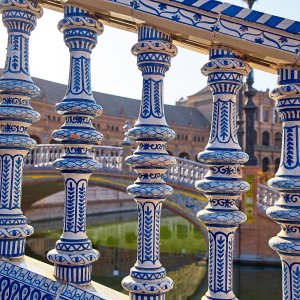The continent that invented modern tourism is rewriting how it welcomes, moves, and enjoys. The European Union’s sustainability priorities are transforming destinations and redefining the role of travelers. It is no longer just about seeing places, but about being part of a collective change that seeks balance between prosperity, the planet, and well-being. We believe this moment represents a historic opportunity to move toward more conscious, measurable, and human tourism.
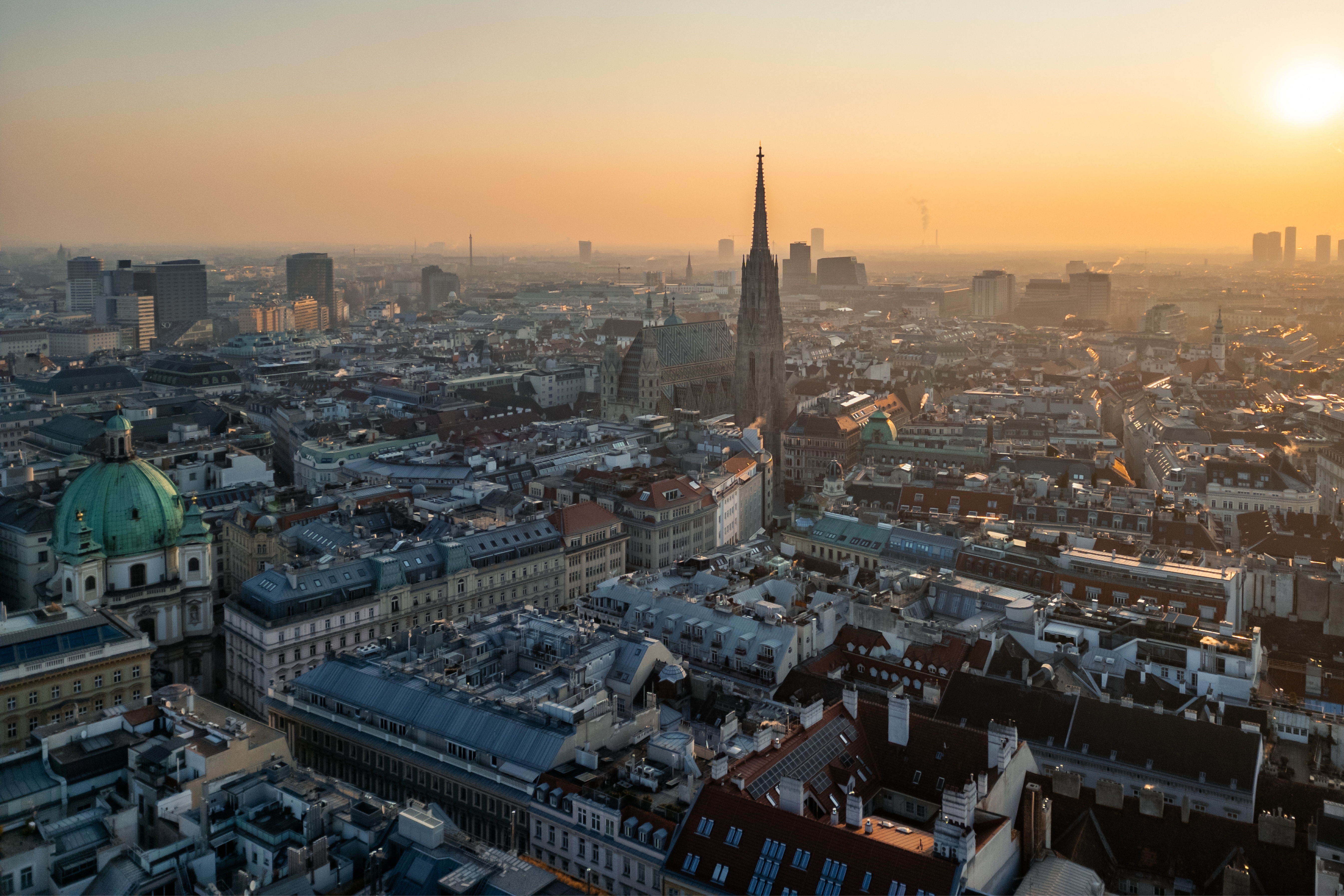
Europe and the Sustainable Transformation.
In recent years, Europe has moved from talking about sustainability to making it a reality. However, progress has not been uniform. The Europe Sustainable Development Report 2025, published by the Sustainable Development Solutions Network (SDSN), warns of a slowdown in progress toward the Sustainable Development Goals (SDGs), especially in areas such as climate, biodiversity, and responsible consumption.
Even so, this same assessment confirms something hopeful: the European Union has built a solid foundation for integrating sustainability as a structural axis of its economy and daily life.
In tourism, this translates into a paradigm shift. From the NextGenerationEU programs to the Transition Pathway for Tourism initiative, projects are being promoted that combine digitalization, energy transition, and social cohesion. The goal is clear: to live and travel better, with a smaller footprint.
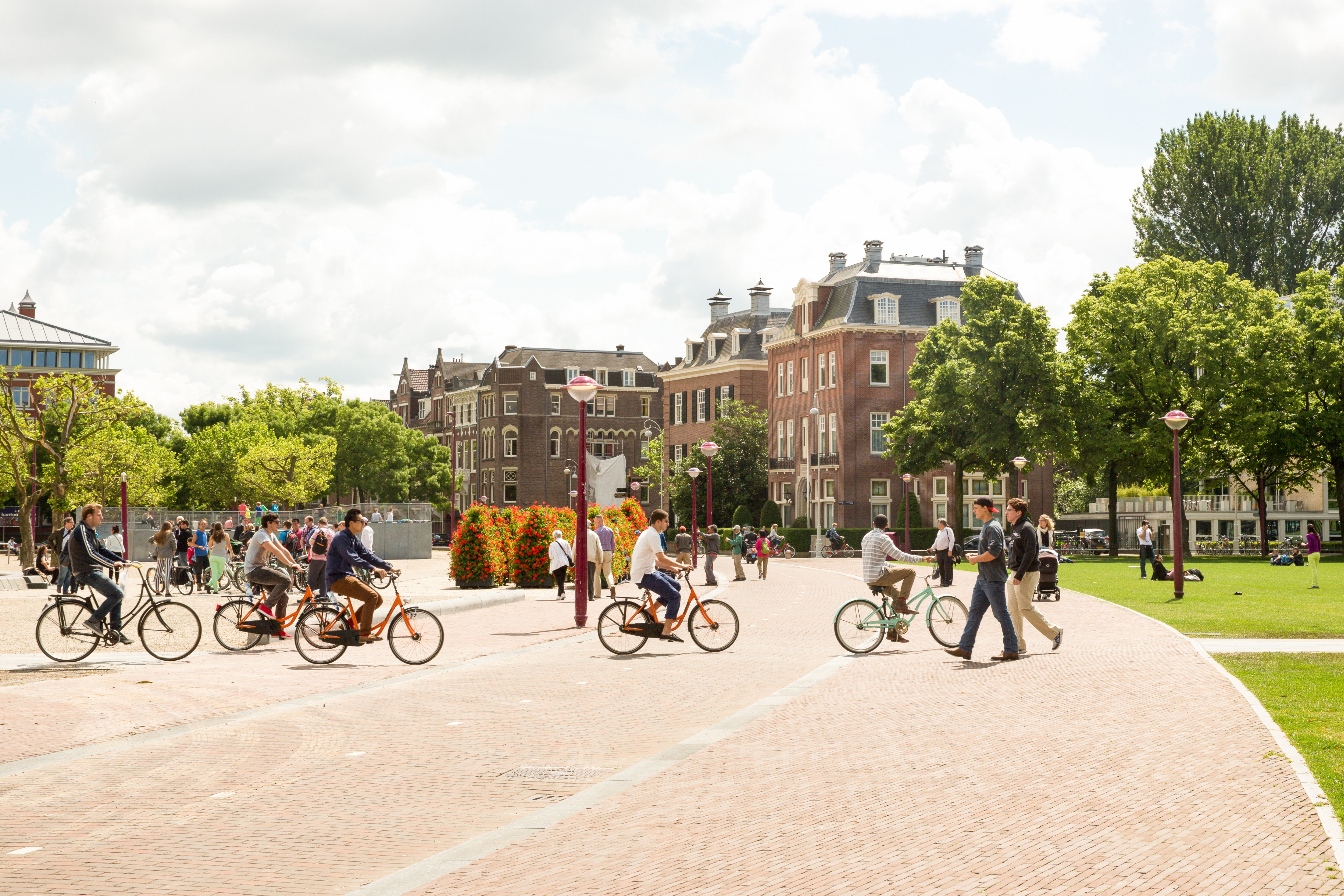
Priorities 2024–2029. Living Better with Less Impact.
The new European legislature has defined a framework that intertwines environmental sustainability, digitalization, green jobs, and social justice. In tourism, these strategic lines become tangible opportunities for destinations, companies, and travelers.
At Biosphere, we observe how this vision, driven by policies such as the European Green Deal, the Fit for 55 climate package, and the EU Biodiversity Strategy 2030, is beginning to reshape the map of the European tourism experience.
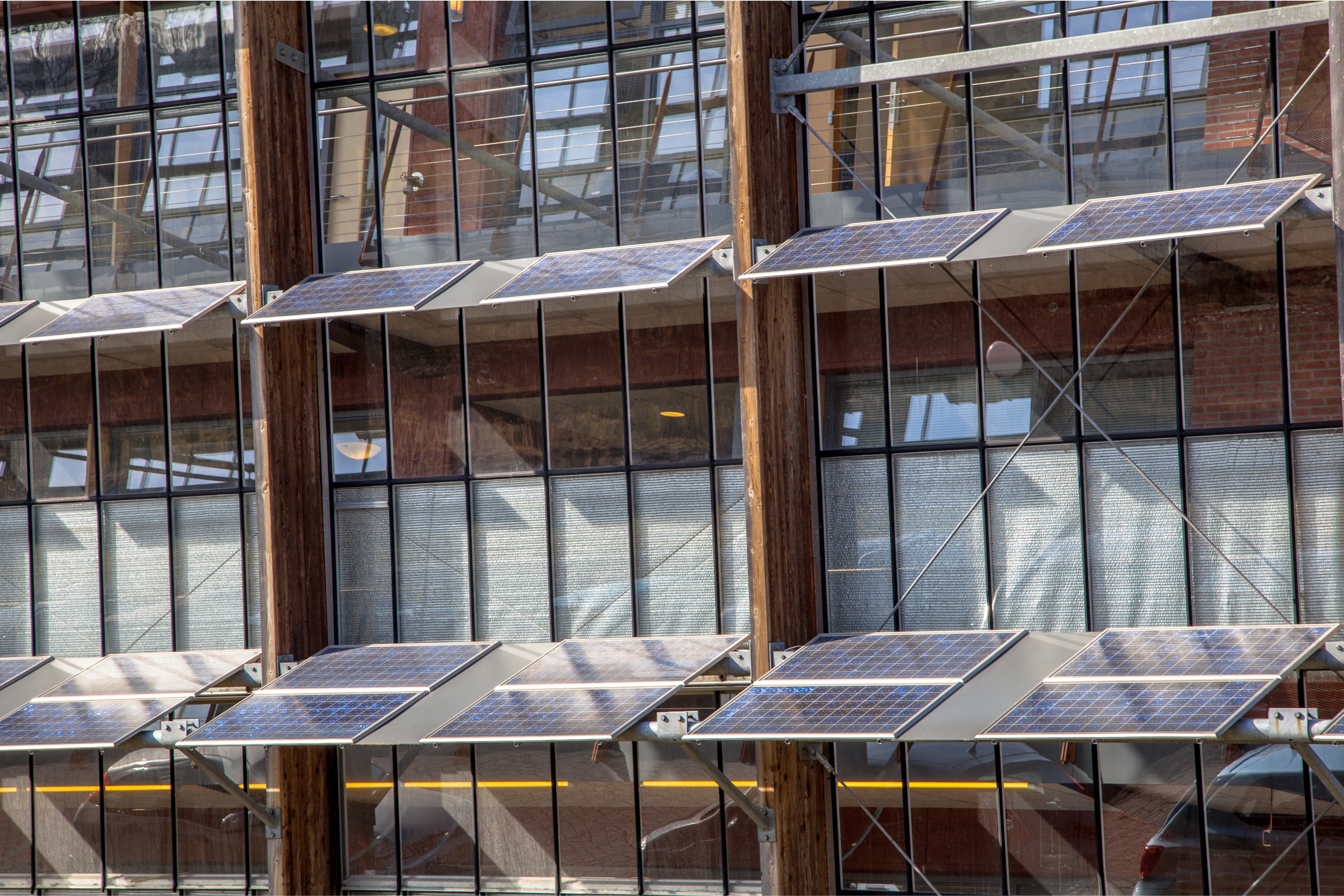
Energy and Digital Transition. The Heart of Change.
Europe is accelerating toward a clean and connected energy model. In the tourism sector, this means hotels powered by renewable energy, shared electric mobility, smart routes that distribute visitor flows, and destinations that monitor their water use and emissions in real time.
Companies that integrate ESG (Environmental, Social, and Governance) criteria and verifiable certifications such as Biosphere Certified not only reduce costs and risks but also gain trust and relevance among increasingly informed and demanding travelers.
At Biosphere, we help turn that transformation into measurable actions: from energy efficiency and circular economy plans to transparent communication strategies that make sustainability a competitive value.

Social Cohesion. More Inclusive Tourism, More Vibrant Destinations.
A sustainable Europe is also a Europe that leaves no one behind. Cohesion policies aim to reduce territorial inequalities by strengthening local employment, training, and opportunities in rural areas and emerging destinations.
Responsible tourism plays an essential role here. Promoting mobility to lesser-known towns and regions, supporting local cooperatives, and diversifying cultural and natural offerings not only spreads benefits but also balances pressures and rebuilds ties between residents and visitors.

Responsible Consumption and Sustainable Food Systems.
Europe’s future is also decided at the table. The “Farm to Fork” strategy promotes a healthier, fairer food model where local and seasonal products take center stage.
In tourism, this trend redefines gastronomy as a driver of sustainability. Hotels and restaurants that work with local producers, minimize waste, and communicate the origin of their ingredients are creating more authentic experiences—connected to the land and aligned with the planet’s well-being.

Cooperation and Green Diplomacy. A Connected Europe.
Europe understands sustainability as a shared language. Initiatives such as the EU Mission on Climate-Neutral and Smart Cities or transnational partnerships in conservation and mobility reflect a collaborative vision for the future.
This cooperation not only improves destination efficiency but also offers tourism businesses a clear framework for action and funding. At Biosphere, we take part in this conversation by sharing methodologies, standards, and data that allow regions to compare progress and generate mutual learning.
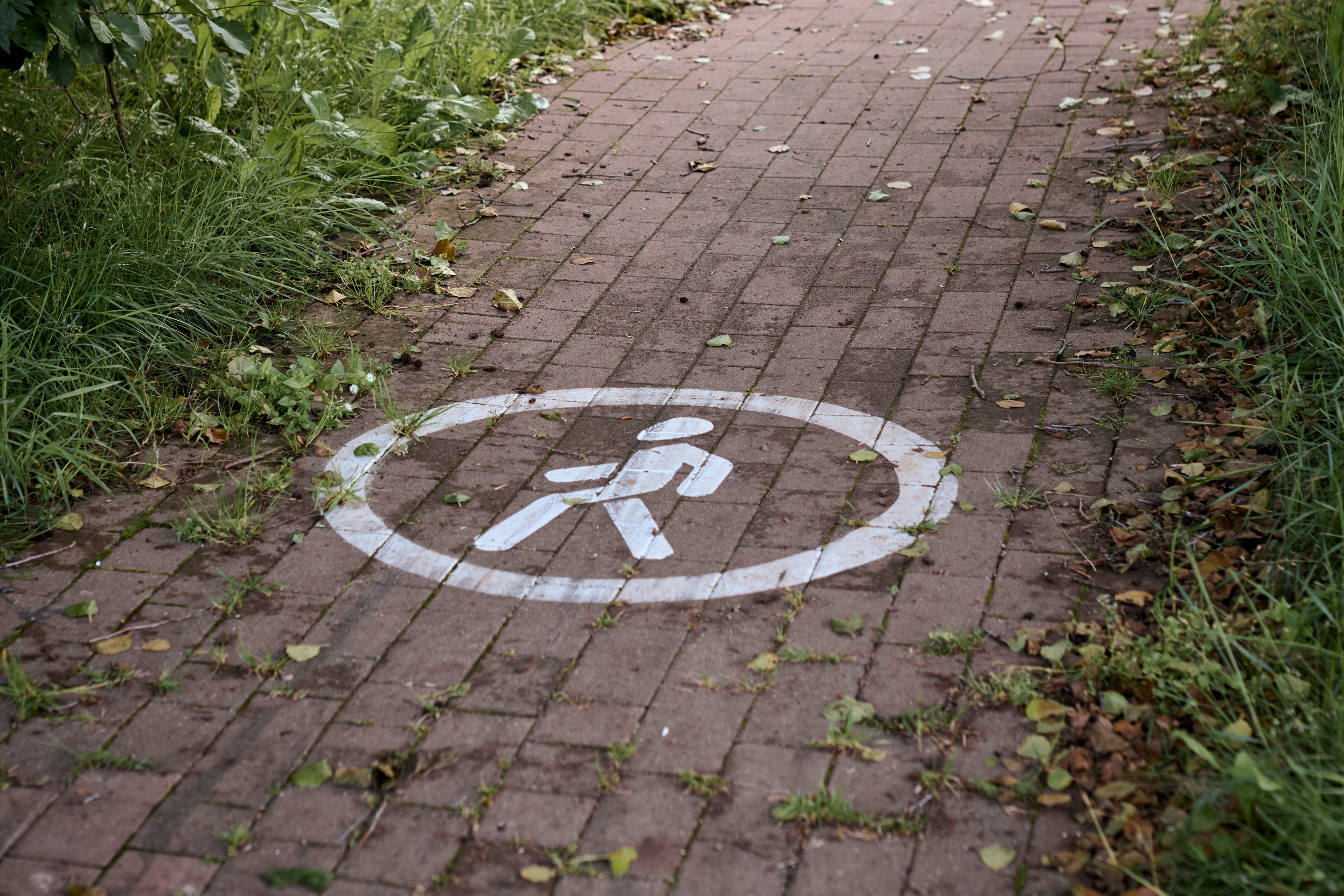
Sustainable Tourism as a Lever for Prosperity.
Tourism represents 10% of Europe’s GDP and over 23 million jobs. For this reason, integrating sustainability is not optional—it is a guarantee for the future.
The Transition Pathway for Tourism promotes a dual green and digital transition in the sector, supporting investments in energy efficiency, waste reduction, and responsible digitalization. Every action counts—from sensors that optimize hotel water use to public transport systems that reduce emissions in destinations.
At Biosphere, we work to ensure that this transition is measurable and verifiable. Our methodology enables companies and destinations to align their strategies with the SDGs, set achievable goals, and communicate real results. What is not measured cannot be improved; what is communicated transparently inspires trust.

What Destinations, Companies, and Travelers Can Do Today.
Major European policies will set the pace, but change takes shape through daily decisions. Every booking, every purchase, and every route can promote sustainable tourism when done with purpose.
- Measure, improve, and communicate. Destinations and companies must integrate management tools such as Biosphere Sustainable, which allow them to establish diagnostics, define action plans, and report progress continuously. This turns commitments into verifiable results aligned with ESG criteria and the 17 SDGs.
- Energy, water, and waste. Implementing energy efficiency solutions, installing renewable energy systems, controlling water leaks, and reducing single-use plastics create immediate benefits for both the environment and the bottom line. In Europe, these standards are already competitive requirements.
- Support local communities. Promoting local supply chains, fostering inclusive employment, and collaborating with local communities are the most direct ways to ensure that tourism becomes a tool for shared well-being. A sustainable destination is not only preserved—it is regenerated.

Sustainable Tourism and the SDGs. A Shared Horizon.
Responsible tourism connects directly with several United Nations Sustainable Development Goals. It contributes to SDG 8 (Decent Work and Economic Growth), SDG 11 (Sustainable Cities and Communities), SDG 12 (Responsible Consumption and Production), and SDG 13 (Climate Action).
We believe that the future of European tourism will be written at this intersection—between climate action, technological innovation, and social ethics. Traveling across Europe consciously is, at its core, an act of belonging. It means moving with respect, choosing with intention, and contributing to the well-being of the places that welcome us.
Sustainable tourism is not a trend—it is a way of understanding travel as part of the solution. And on that path, Europe has the opportunity to lead this transformation.












